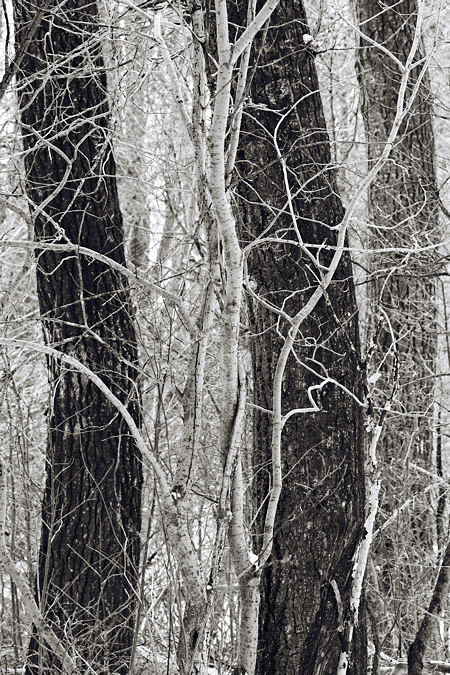Posted by June Underwood on September 14th, 2007
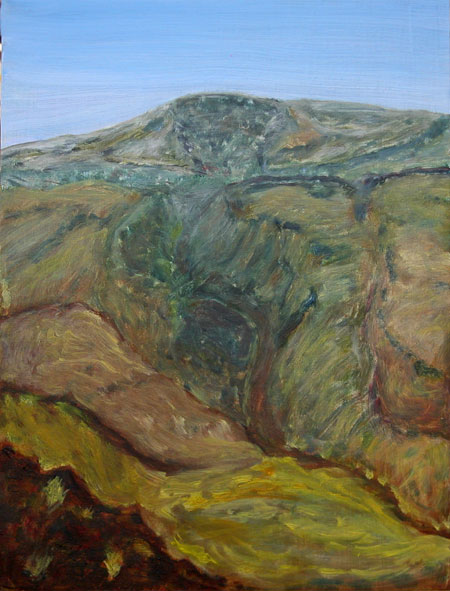
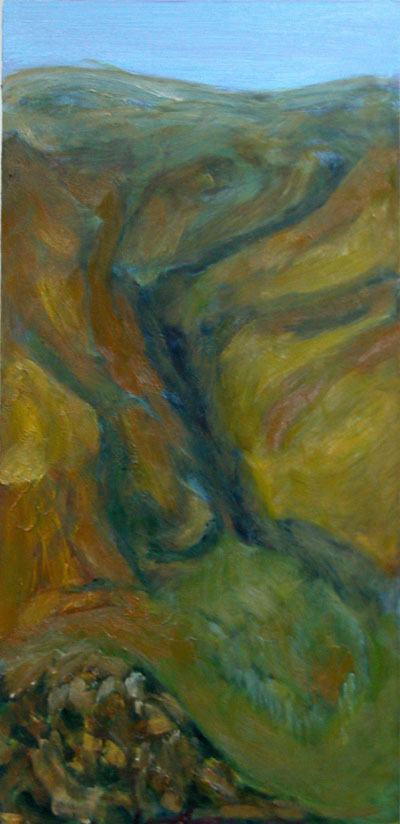
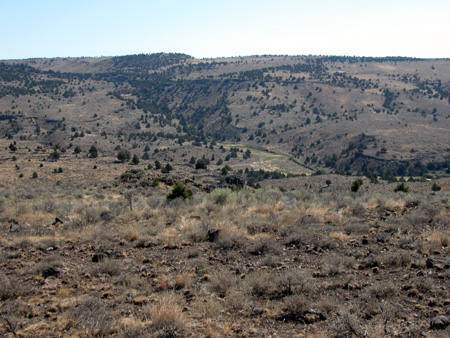
Underwood, Stinking Water Area, large and small oil on masonite, and a photograph, off the Stinking Water Acess Road.
“I took my easel and canvas and brushes to the top of the bluff, and painted two views from the same spot…. From this enchanting spot there was nothing to arrest the eye from ranging over [the Missouri’s] waters for the distance of twenty or thirty miles.”
[Artist George Catlin, as quoted in William H. Truettner, The Natural Man Observed: A Study of Catlin’s Indian Gallery (Washington, D.C.: Smithsonian Institution Press, 1979), p. 247, found on the of the Smithsonian website.
As Karl said (here) one has to become acquainted with the landscape before one can paint it. And as George Catlin remarked about a different landscape “there was nothing to arrest the eye…for the distance of twenty or thirty miles.
Aside from artistic masochism, why do we paint landscapes?
more… »
Posted by June Underwood on August 31st, 2007
I’m just back from a pleine aire, oil painting workshop and it seems that my topic — to paint in the middle in the muddle or to recollect in tranquility — has arisen again on A&P. Hi Sunil…..
Obviously I’m fascinated with the immediate ambiance as much as I am with the final product. The milieu from which I just returned, however, had its problems. The big one was the lack of focus within the landscapes we were asked to paint. So the topic of the day is — how do you find your viewpoints and hold them? more… »
Posted by Birgit Zipser on August 24th, 2007
The dunes have a fall towards the Great Lake that is difficult to capture in its full steepness.
Below a raven and crashing wave:
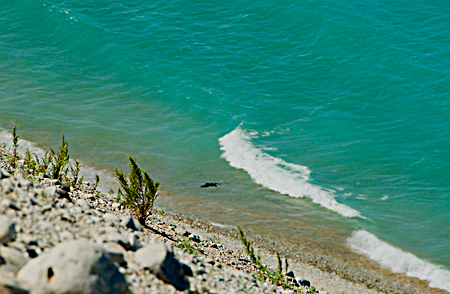
more… »
Posted by Steve Durbin on August 7th, 2007
Posted by June Underwood on July 20th, 2007
I’m in a maundering mood, trying to pin down the meaning of a tiny revelation I had the other day.
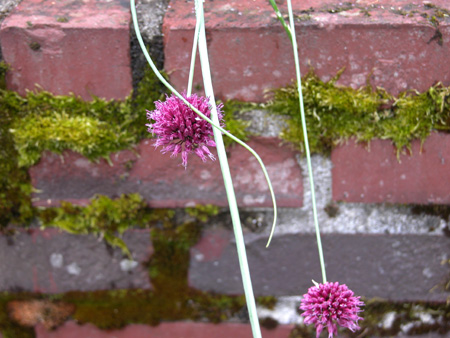
I was doing my 7 AM walk with my digital camera, getting photos of flowers, shrubbery, moss, walls, the usual panoply of residential flora on the pleasant July streets of Portland Oregon. But suddenly I found myself seeing the foliage and supports, stems and stamens, bricks and buds, as Art.
more… »
Posted by Doug Plummer on July 18th, 2007

I’ve not posted here for the last month, as I’ve been deep into computer management issues. Creativity has been at a low ebb, as has been anything cogent to say about the process. But I’m on the road now, which always gets me creatively engaged with my surroundings.
We’re visiting friends on Salt Spring Island, which is between the BC mainland and Vancouver Island. The hills and sea coves are spectacular, of course. Walking with friends at Ruckle Provincial Park, I explored the woods and beach with my camera as they conversed. I felt like the off leash dog lingering behind to check out the compelling scents along the trail.
Washed up on the rocky coast, with all the other woodsy flotsam, was a huge stump with its ring of roots, whitened by many seasons in the sun. I’m a sucker for these sorts of things. No matter that this is a well worn rut in photographic explorations–the reason photographers are attracted to eroded rocks and convoluted trees is that they’re interesting natural forms to stare at. I am not above joining the fray, so long as I get to do it in relative solitude.
The more I started poking around this stump, the more I appreciated how this was one of the more complex shapes in a natural object that I had encountered in awhile. By taking pictures of it, sitting in it and looking, and looking, and extracting more shapely photographs, and looking some more, I got to “know” this thing. I crawled in close, and I backed off and saw how it sat in the larger landscape. I began a relationship.
We had about 30 minutes together, this stump and I. Most people, and me in another mood, would have walked by, glanced at the stump, thought, hey, that’s cool looking, and gone on their way. The camera was an excuse to linger and really feel what this spot was like for the duration.




Posted by Steve Durbin on July 10th, 2007
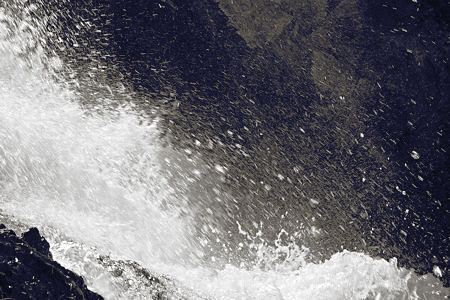
I could be accused of being stuck on my waterfall project lately, but my excuse is that it seems to connect to various other recent posts and comments. Anyway, it’s the work that I’m closest to at the moment, so it makes sense to write about it while it’s fresh. Fresh enough that the ideas are still churning around without order, which in truth is how I like it. I’m inclined by nature to let things ferment in their untidiness, not attempting to resolve or define, hoping/knowing that that will happen on its own eventually.
So this post is partly a record of the connection between concepts and execution, between thinking about the photographs and making them. In the present case, this is a pretty loose and interactive connection, perhaps similar to David’s “chickens, then eggs, then more chickens…” or Leslie’s “dialogue with the idea going back and forth with the making in a pretty comfortable way.” Karl also has been considering the role of concept in art, and I think his question, “Is art something we make, or discover?” is about the same thing. In other words, do we create from a concept or learn by doing? The answer, of course, is that both go on at once, but how it plays out is always different, even for me alone on this single project.
more… »




